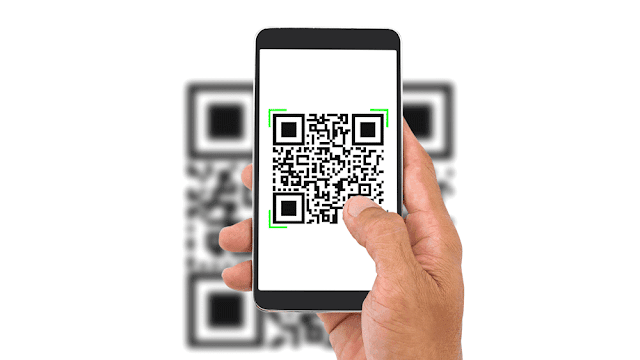Barcode technology has long been present among us and for all the right reasons. Barcodes are used for multiple applications and numerous industries. Whether it's a grocery item you purchase or a package delivered to your doorstep, all products have barcodes as they provide accurate information without a hitch and help in product tracking. The applications of barcodes don't there as they are used for making payments, medication administration, driver's license parsing, and what not! If you want to learn how to create and use barcodes and QR codes, then you have arrived at the right spot. So, without further ado, let's get started.
What are Barcodes?
Before we discuss the uses of barcodes and how do we generate them, let's first discuss what barcodes are. A barcode is basically an image that contains parallel white and black bars that a barcode reader can scan. These parallel lines consist of information about the product they are placed on. Hence, barcode technology converts data into a visual format or pattern. There are two types of barcodes, 1-dimensional barcodes, and 2-dimensional barcodes. QR codes, EAN-13, PDF417 codes, etc., are some very popular barcode types.Benefits of Using Barcodes
Since barcodes are used in so many industries and applications, there must be some reasons behind it. Yes, we are talking about the benefits that barcodes provide. These benefits are listed below. Take a look.- Better Accuracy: Manually capturing data leads to inaccuracy and errors. Barcodes help overcome this problem as they provide exact information about a product.
- Robust Inventory Management: Today, it's impossible to think of inventory management without barcodes. A barcode-based inventory management system keeps errors at bay and helps maintain inventory operations in a much better way.
- Saves Time and Boosts Productivity: Barcode technology saves a lot of time compared to manually entering and recording the data. As a result, productivity improves.
- Real-time Data: Barcodes let you stay updated with the latest inventory levels as the information is processed at a breakneck speed.
- Cost Efficient: As compared to all the modern technologies, barcode technology is very economical. There are free barcode and QR code generators available online that let you generate different barcodes. Similarly, free barcode reader apps allow you to scan barcodes without investing any money.
Common Uses of Barcodes
Barcodes are everywhere. You can spot them at a retail store, in a doctor's office, at a law firm, and many other places. Barcodes are used in almost every industry in some way or the other. Below are some of their common uses.- Today, one of the most common uses of barcodes is to make payments. All it takes is a QR code scan, and you can easily make contactless payments anytime.
- Barcodes are used at admission desks at event venues, movie theaters, travel tickets, etc., for ticket verification and the admission process.
- Barcodes are used for contactless shopping and self-checkouts. Due to the Covid-19 pandemic, most stores now let shoppers scan barcodes on the product tags via the barcode scanner on their smartphone and make payment once they are done.
- Inventory management is yet another very popular application of barcodes. They allow inventory managers and employees to stay updated with the real-time inventory levels and avoid overstocking and understocking.
- Barcodes are used in aviation for baggage tracking, mobile check-in, parts tracking and maintenance, etc.
- In healthcare, barcodes are used for patient verification, specimen tracing and tracking, medication administration and authenticity tracking, blood bag recording and tracking, etc.
- Barcodes are used for building brand loyalty via personalized coupons and rewards.
- Barcodes are also used in operations such as digital package status check, proof of delivery, driver search and find, undelivered parcel sorting, etc.
How to Generate Barcodes and QR Codes?
Before generating a barcode, decide what type of barcode would be the best for your application. This guide will take you through different barcode types and their uses. Once you have decided, follow the steps mentioned below, and your barcode will be generated.Step 1: Find a free barcode generator. There are multiple barcode generators available online that are free to use. So, you wouldn't have to struggle much. Once you find the ideal barcode generator, choose the barcode type.
Step 2: The next step will be to fill the barcode data box with the product category information.
Step 3: Now, add the barcode title box and barcode note. This step is optional as you may only want to do it if you want to include it in the barcode.
Step 4: You can now add the barcode name and more details in the note box by clicking on the barcode title box.
Step 5: Now generate the barcode by clicking on the submit button. Download the image, and your barcode is saved!
Now that you have created the barcode, it’s time to test it. For that, you’ll need a barcode scanner. If you have created a QR code, you can also choose a QR code reader. We suggest you choose a leading barcode scanner so that you won’t have to struggle with accuracy and poor results.

No comments:
Post a Comment